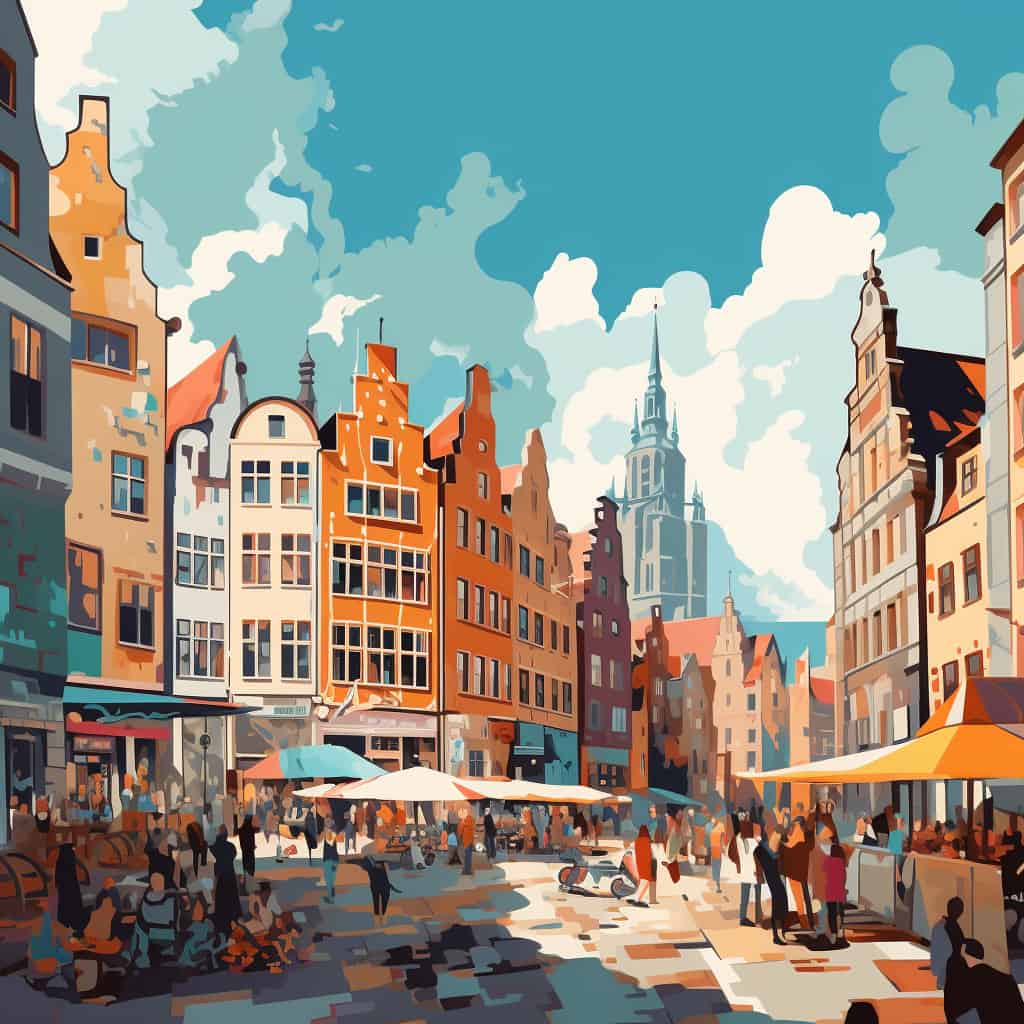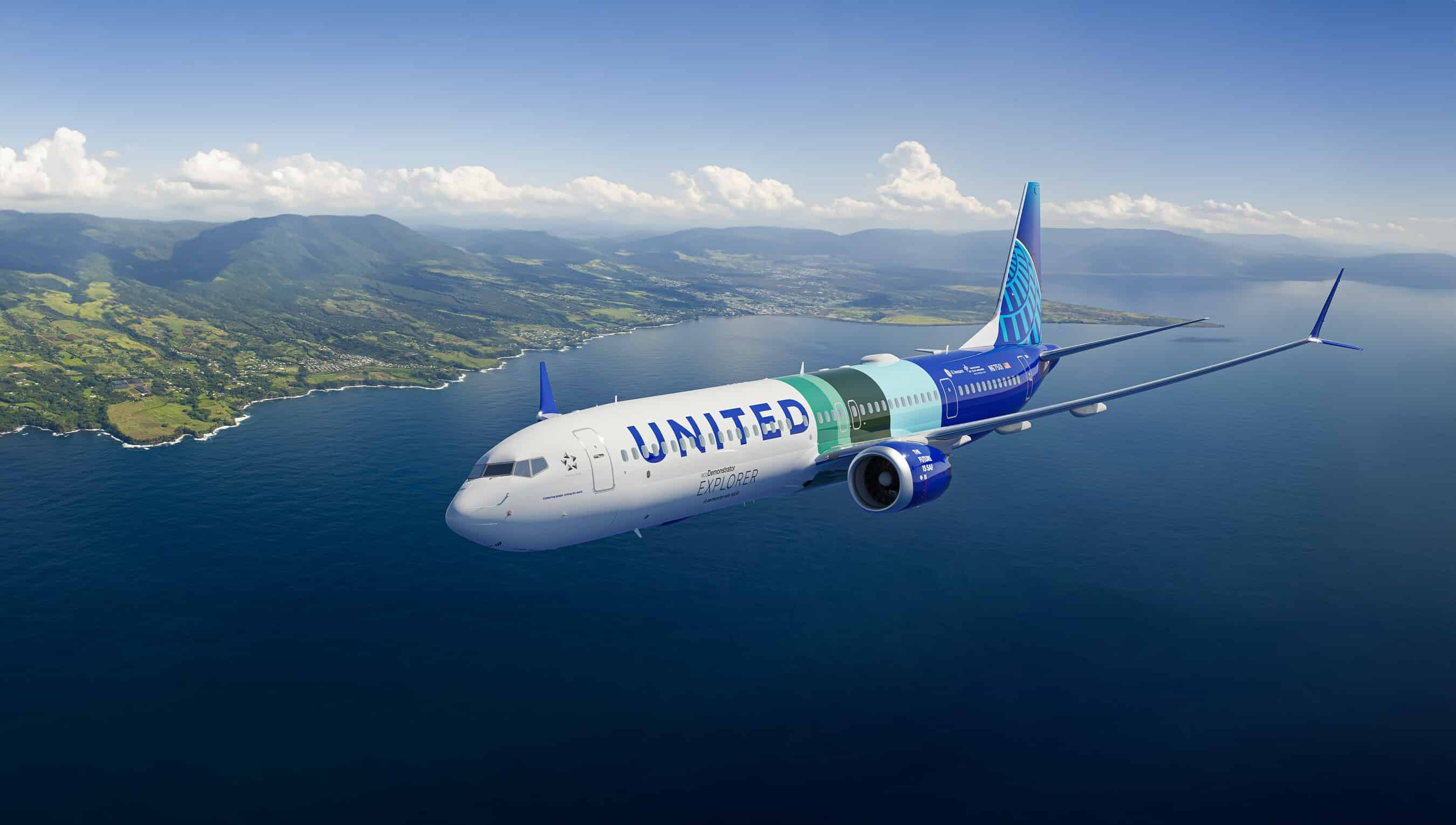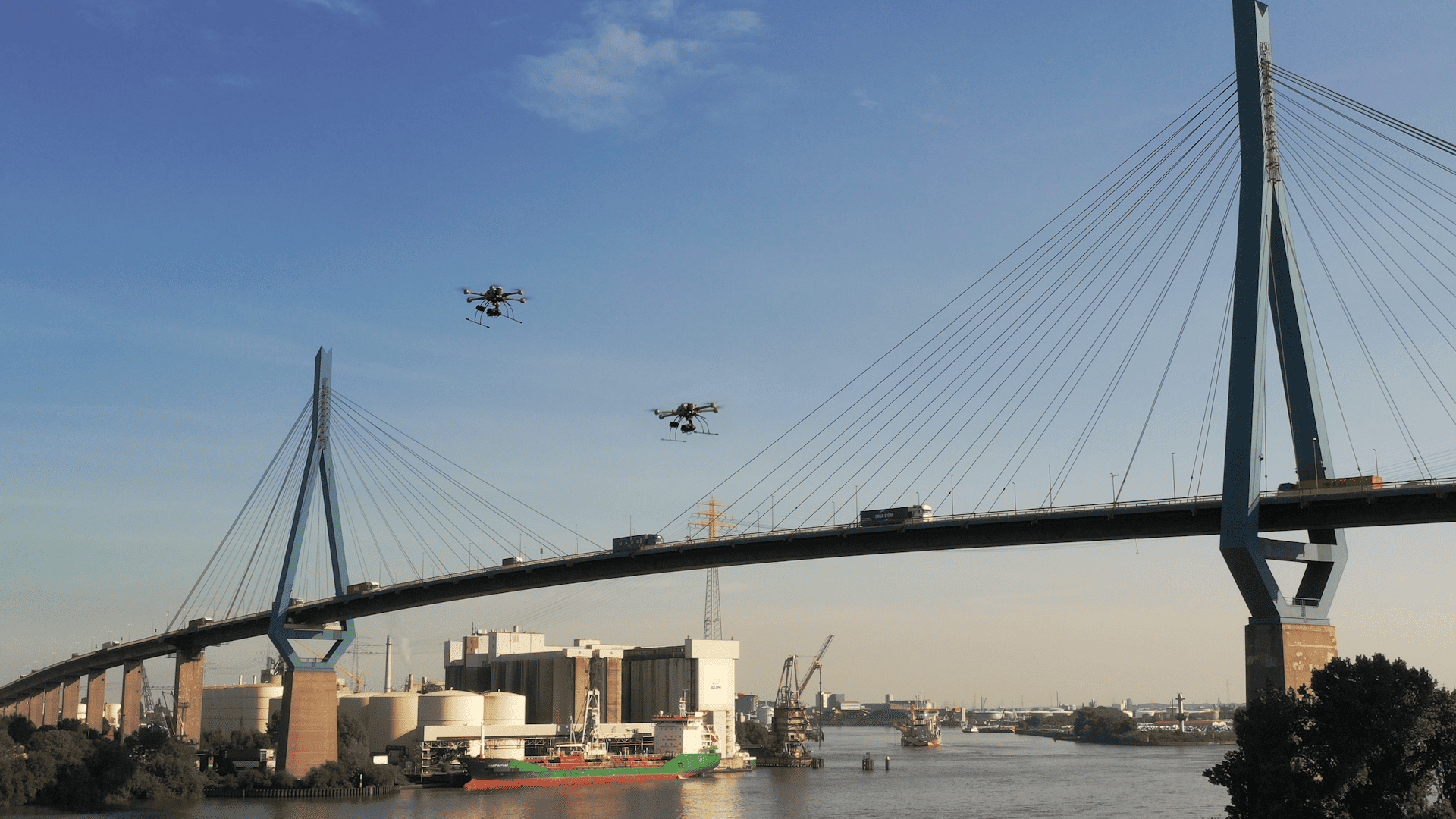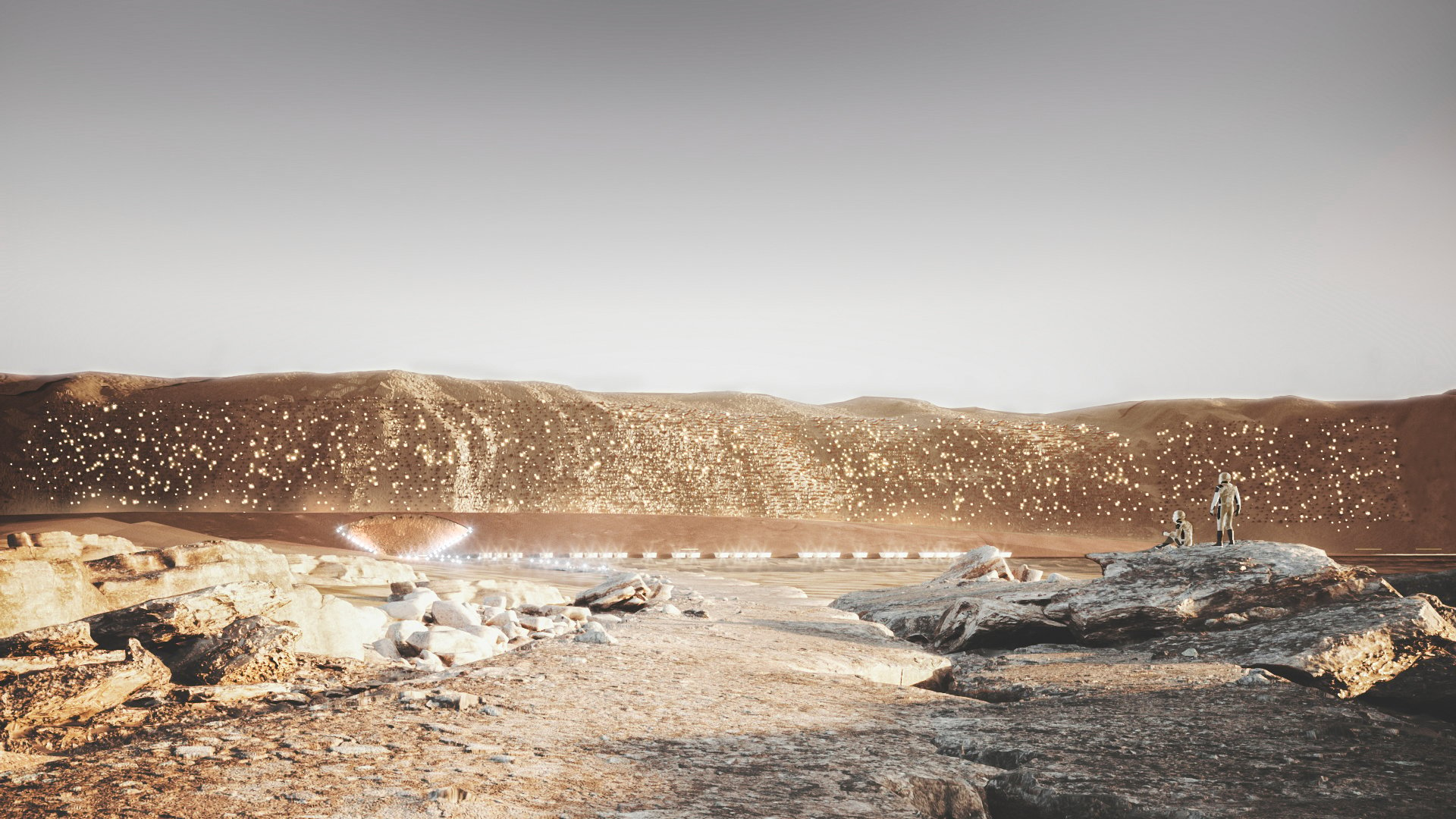
Within the next 20 years, NASA wants to send a manned mission to Mars and, if possible, build a research station there. Although it really hopes to be able to colonize the Red Planet over the long term. An international team of experts – “SONet” (Sustainable Offworld Network) – which includes Dr. Gisela Detrell from the Institute of Space Systems at the University of Stuttgart (Germany) is researching how humans will be able to survive in space. In order to do this, the team has developed a life-support system for the city of ‘Nüwa.’ The city was named after a mother goddess in Chinese mythology and aims one day to serve one million people on Mars. The system was originally conceived as part of an entry into a competition run by the Mars Society and has now been published.
Complete infrastructure on Mars
Nüwa is part of a network of five cities, according to the researchers. It offers residents “easy access to resources and mobility on a long-term basis.” Just as with projects on earth, this also includes viable urban planning and a socio-economic development plan. It features descriptions of industry, infrastructure, and the generation and supply of energy and services. “There are many scientific and technical differences between the development of a space station for six astronauts in a Low Earth Orbit, like the ISS, and a city for a million people on the distant planet Mars. In particular, the necessity of building a society on Mars,” Dr. Gisela Detrell explains.
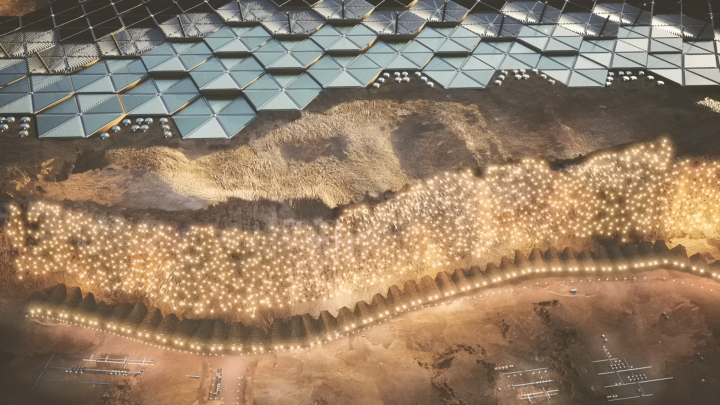
Sustainability is a must
Nüwa is a sustainable city, it can expand and grow and is not dependent on supplies or support from earth. What is important here is how many physical resources and energy units per capita have to be amassed, converted, and integrated into the city from the environment, the scientists point out. This must be done step-by-step due to recurrent dependencies. “For example, energy production such as solar panels requires components, materials, and other means to extract them. This in turn requires machines that also require materials and energy. To be independent from Earth resources, substitute materials on Mars and energy sources have to be found. This influences the choice of the location for the future city.”
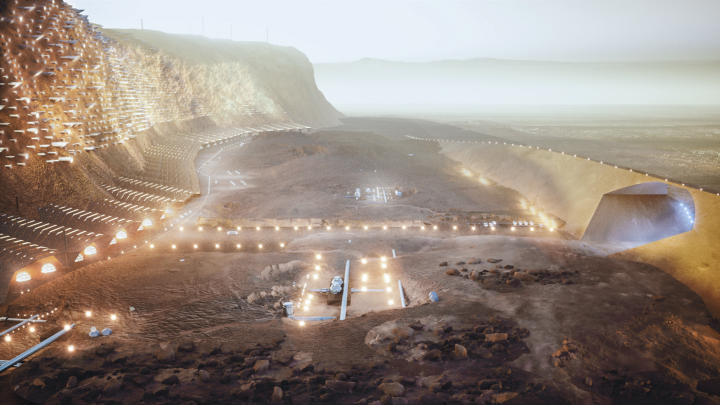
Shelter in the Martian cliffs
The scientists say that there is one place that fulfills all these conditions. This is the rocky walls of a Martian cliff on the southern edge of the Mars “Tempe Mensa” region. They offer the proposed cities protection against pressure, temperature fluctuations, and harmful cosmic radiation from space. Openings to the valley below provide natural lighting within the inhabited areas. This means that the people who live there will not have to live completely underground. At the top of the cliff or at the bottom of the valley, manufacturing, industry, food, and energy production could be set up.
Yet no conventional neighborhoods will exist on Mars. The Martian city will consist of apartment blocks, workplaces, local services, as well as public spaces, and green parks. These will cater about 4,000 people in each section. Each block will consist of numerous interconnected cylinders. They will extend from the illuminated exterior to about 150 meters into the rock.

Life support system is a core element
The life-support system is regarded as a core element. It must provide everything that humans need to survive at all times and without any help or influence from earth. For example, there will be agricultural modules in Nüwa in which plants and microalgae are grown to serve as the main source of food. These would be supplemented with insects and cultured meat to provide a balanced diet. The people living in Nüwa may not even have to do without their beloved pets. The researchers state that a few animals are quite feasible, both for psychological reasons and as a kind of buffer in the system.
A model for cities on earth?
Plants and algae recycle the air by using the carbon dioxide that humans produce and generating oxygen through photosynthesis. Albeit that the light that is needed for this process must be artificially generated on Mars. “To be energy efficient, blue and red LED wavelengths are used. However, these LEDs require 37 kW of power per person, large cultivation areas, a lot of water and also nutrients, oxygen and nitrogen,” the scientists specify in their press release.
Consequently, many more aspects have to be researched before a future city on Mars could be possible. This project shows, however, “that a sustainable city is possible – not only on Mars but also here on earth.”
Title picture: View of the entrance to the sustainable city of Nüwa. © Gonzalo Rojas, ABIBOO Studio / SONet



